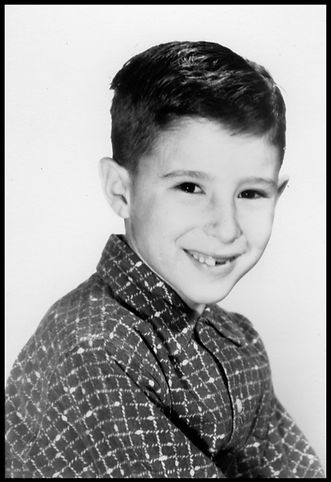Photographer
About

A Treatise (Sort of)
I experienced a deep panic in my 20th year, 1969. The Vietnam war was raging and I was about to be drafted. There was no personal requirement for me to become a hero, especially knowing there was great potential to get blasted (not verbally!),so I enlisted into the United States Air Force. Maybe an adventure, probably not.
Upon entering military service I requested and was placed into a photographic job. After six months of Photographic Tech School, my job title was, Precision Photographic Processing Specialist. This qualified me to put aerial reconnaissance film into a machine.
When tech school began I had never even touched an adjustable camera. The photo world opened it's gate and pulled me in. Photography was really fun and rewarding from the very beginning and it remains even more so today.
When it is time, I hope to go gently into the night with a camera in my hand.
As with most people, life can throw many distractions in your way, (such as children, making a income, etc.) The distractions slowed completion of my formal education: BA in Photography 1980 and a MFA 1982. Even with distractions, I have always taken time to learn more and practice photography.
I have worked in several areas of photography including freelance and college level instruction.
Out of context: Only sex is more fun than photography, but you can at least do photography in public.
As a street photographer you attempt to be quiet and a nearly invisible ghost with a camera. It is a big world and all of humanity is placed here for the entertainment of all. We entertain each other.
Every walk can be a treasure hunt. And like a traditional treasure hunt, sometimes you find things, but not always; seeing though, is always an active process. The key for many street Photographers is what Henri Cartier-Bresson claimed to be "The Decisive Moment." There are juxtapositions that occur all the time. The art is seeing this happen in real time and getting that frozen moment on film or digitally. An automatic advance on your camera can be helpful, but timing is the real enabler.
Another early influence was Robert Frank, who saw art and social commentary in ordinary locations.
Any person can have an opinion and, if you are lucky, an influence on culture without a large budget. A still photographer does not need a crew to have a voice. You can easily work alone. Keeping this in mind, the art of seeing and interpreting is highly subjective.
As an image maker you must see differently than most people. With this notion you also decide if your images should be black and white or color. I have an attraction to both. (Lazy Boy Comment:) During the earlier part of my photo exploration, B&W was easier and cheaper to do than color. I did my own darkroom work for many years. The digital process has greatly expanded what one can do after an image has been made. Photoshop, Lightroom, a good monitor, and a good printer are just some of the tools.
I see myself as an art photographer, a visual historian of the ordinary, and an ordinary guy with an opinion. For me, how people and objects line up and have a relationship with one another, especially when taken candidly, is central in many of my photographs. How do we relate to our surroundings, and how does what surrounds us effect us on all levels? Think art in life, which we all need, whatever that means to each individual.
In conclusion, hopefully you enjoy looking at the images. Please feel free to communicate with me. I encourage all comments.
Thanks for looking, Michael G